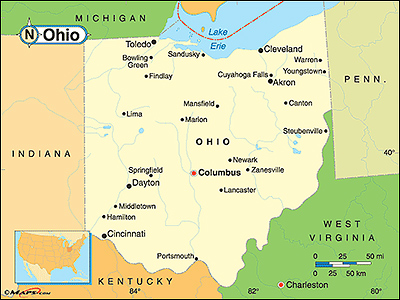By Jim Ellis
Feb. 4, 2021 — After ordering the eight NY-22 counties to certify their final congressional election results by yesterday afternoon and now surpassing 90 days after the votes were cast, State Supreme Court of Oswego County Justice Scott DelConte has reversed course. Yesterday, he instructed the county election officials to suspend their certification process.
Justice DelConte said he now wants to consider at least until Friday the effect of 116th Congress incumbent Anthony Brindisi (D-Utica) possibly winning his motions for legal relief at the appellate level after race leader Claudia Tenney (R) is certified the winner and takes office. This new direction suggests it could be several more weeks before we see a member sworn into the House from this particular Upstate New York district.
OHIO SENATE
Ohio Rep. Tim Ryan (D-Warren/Youngstown)[/caption]Yesterday, Ohio Rep. Tim Ryan (D-Warren/Youngstown) indicated that he will officially announce a campaign for the state’s open Senate seat in March. Ryan becomes the first prominent Democrat to begin organizing a campaign.
As we will remember, Rep. Ryan joined the Democratic presidential field attempting to approach the electorate from a union jobs, more centrist perspective. His campaign failed to gain legs and he dropped out well before the first votes were cast in the Iowa Caucuses. During his 10 terms in the House, Ryan has publicly considered running for lieutenant governor, governor, and the Senate, only to back away each time in order to seek re-election to the House.This time, however, his statement is definitive about running, and such a move makes political sense. Ohio is slated to lose another congressional seat in reapportionment and there is reason to believe that Rep. Ryan’s 13th District seat could be the one collapsed.
OH-13 begins at the Pennsylvania border and immediately encompasses the cities of Youngstown, Niles and Warren. Then the district moves further west to capture more than 228,000 individuals in the Akron metro area. Most of Akron city is shared with Rep. Marcia Fudge’s (D-Cleveland) 11th District, which is the least populated CD in the state. The 11th will likely need an influx of about 100,000 people to become compliant with the projected per district population number for the current decade under the new redistricting plan when adopted.







